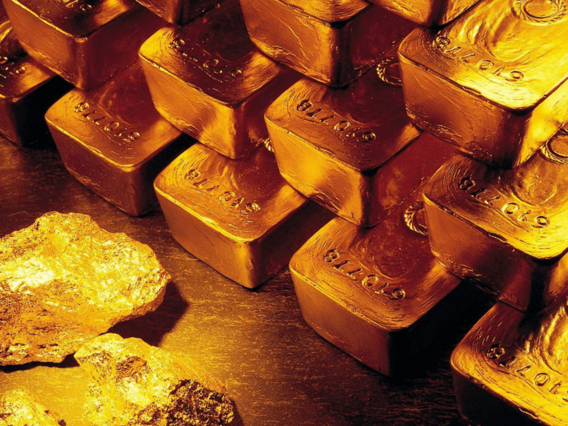
In recent weeks, gold has once again gone through a wave of appreciation on the financial market, reaching 1,556 USD/oz on Monday 15th, the main reason being geopolitical tensions in the Middle East.
The metal is typically considered a refuge for investors in times of uncertainty, as it can be used as a store of value when the market loses confidence in other commodities, currencies or shares.
In this context, gold is considered an excellent hedge against inflation. The metal is considered worldwide to be one of the safest financial assets in the economy. This is because, as well as being a physical asset, gold serves as the backing for many countries' monetary reserves, and its value and demand are always guaranteed.
